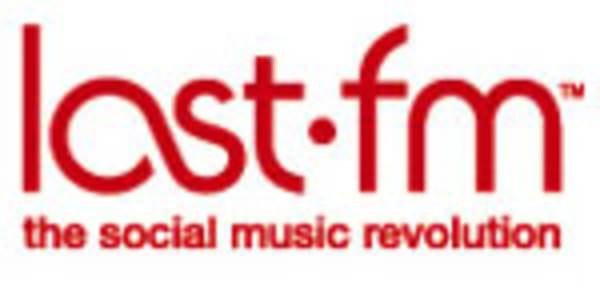This week we interviewed one of the founders of online music service last.fm, Richard “Mr Scrobble” Jones. We wanted to find out last.fm’s reaction to the launch of MySpace Music and the rise of Imeem, discuss business models in online music, and find out what’s new at last.fm. We’re running the interview in 3 parts, over 3 days. This is Part 2 about business models; following on from Part 1 about last.fm and its competition. See also Part 3, on design and features.

In this post we explore business models in online music, both for last.fm and for independent artists looking to earn a living in this new Web-based music industry.
RWW: last.fm has made the transition from trendy startup to subsidiary of a huge media company (it was acquired by CBS in May 2007). We’re pleased to see that you haven’t stopped evolving though, with the re-design this year and other new features. What have been the main challenges and opportunities for you
and your team in becoming part of a much larger company?
RJ: The opportunities are obviously huge, especially in terms of raising our profile in the US. We’ve been working with CBS on some hugely effective cross-promotions in the States, most recently the ‘Listen Again’ campaign in tandem with CBS Television shows like Swingtown – where viewers of the show were directed to Last.fm by an on-screen overlay when music was featured. 22,000 people came to Last.fm weekly, directly from the Swingtown call-out.
It’s that kind of promotion that reflects how much CBS understands the Last.fm experience and how to weave it into their established brands in a way that makes sense to audiences on both sides.
The challenge is basically keeping up the pace to make the most of these opportunities! We’re growing massively, over 100 staff in the London HQ now – including hirings from Microsoft, Amazon, Google and Skype, and a rapidly expanding sales force on both sides of the Atlantic.
RWW: What is last.fm’s business model going forward? We’ve seen you
release albums online (e.g. the latest Kings of Leon album) and you have advertising. And a
related question, how will last.fm and CBS work more together on building revenues for last.fm? We imagine that will become more
important part of your business model going forward.
RJ: Advertising continues to be the driving force, and we’re working hard to create new kinds of campaigns that haven’t been seen before. Last.fm functionality can be incorporated into our campaigns now – something we call “Smart Ads” (and we’ll be unveiling the first couple of smart ads next week in fact.)
We’re confident here because no one else on the web can do this stuff: we can draw on an incredible amount of music data, we’ve got a deep understanding of our users through their music taste, and an amazing developer team (both in-house and third party) who can create unique ad functionality.
What does it all mean for the user? They get an immersive experience that complements their day-to-day Last.fm experience, and is individual to them, making it much more engaging. Advertisers are really enthused about this. What we’re doing now is working with CBS to continue to get that message across to all key brands in the US, continue to build our sales force and continue to build our profile.
RWW: Earlier in the interview [in Part 1] you mentioned that last.fm gives a share of revenue to unsigned and DIY musicians, via the Artist Royalty Program. But if you could put yourself in the shoes of an independent, unsigned musician, what kind of things would you do online to get your work out there and maybe, just maybe, even make some money out of it. Signing up to the Artist Royalty Program is obviously a start, but what then?
RJ: The Artist Royalty Program is just one of the ways you can utilize Last.fm as an independent musician. Upload as many tracks as you can,
tag them well, join some groups to spread the word, kick off a Powerplay campaign to start the ball rolling, and the system makes sure your music
reaches the right ears. Getting your music heard by people who are actually receptive to the sound you’re making, in an effortless way, is
one of the main benefits of Last.fm as an artist – and obviously ARP means you can actually see some revenue from it now too.
Leaving aside playing live (still the best way to build an audience – but I realise you’re talking about online exclusively here), it’s a case of creating an engaging, constantly updated web presence around your music. Blog, respond to your fans on whatever platform you’re making
your music available (and beside the obvious big-hitters it’s worth
looking at sites like Amiestreet and The Sixty One, both of which have
communities of users who actively seek out new music to listen to), encourage people to remix/rework your tunes and create their own content
from your stuff (Trent Reznor’s a pioneering example here), and above all make sure you’re offering people regularly updated content – whether
that’s blog posts, new tunes, T-shirts, whatever.
A great example of someone doing all this successfully is Jonathan Coulton – who incidentally has joined the Artist Royalty Program, which is exciting
considering he has almost 1.5 million plays on Last.fm.
Part 3 of this interview, on Design & Features, will be published tomorrow.
See also:Interview With Last.fm Founder Richard Jones: Part 1, The Competition and Part 3, Design & Features










